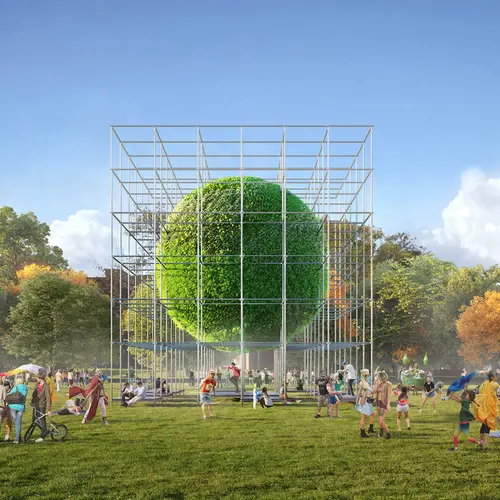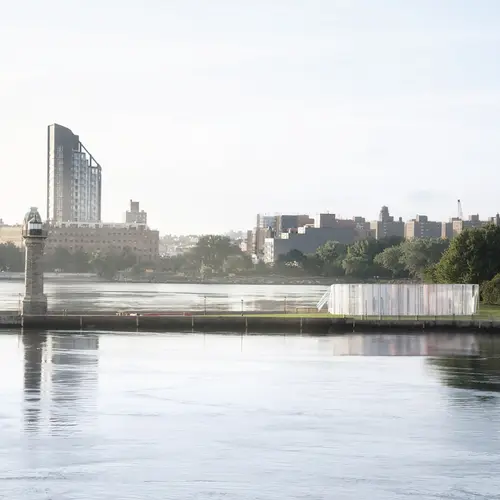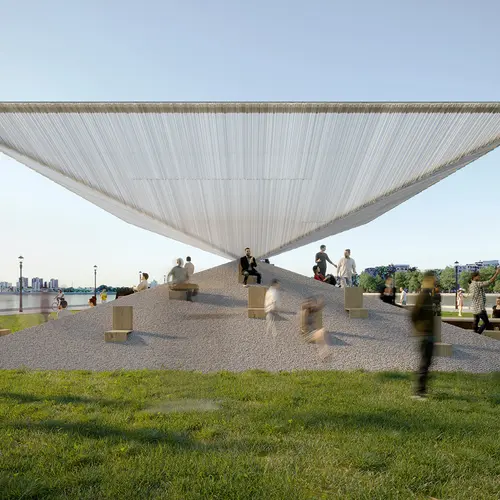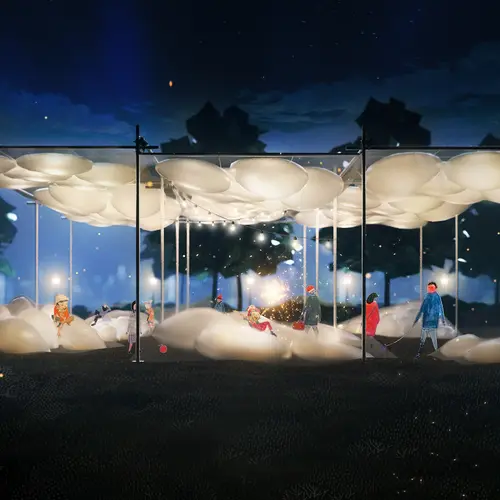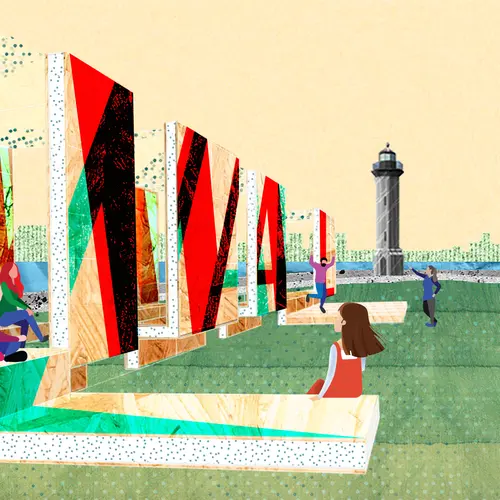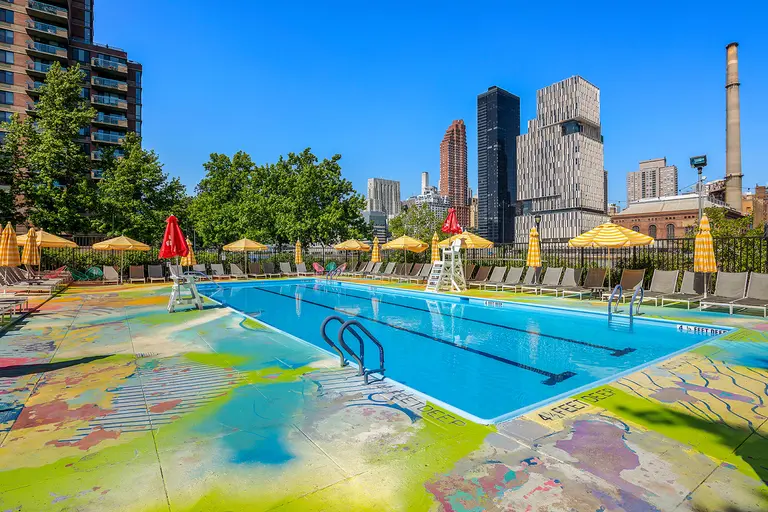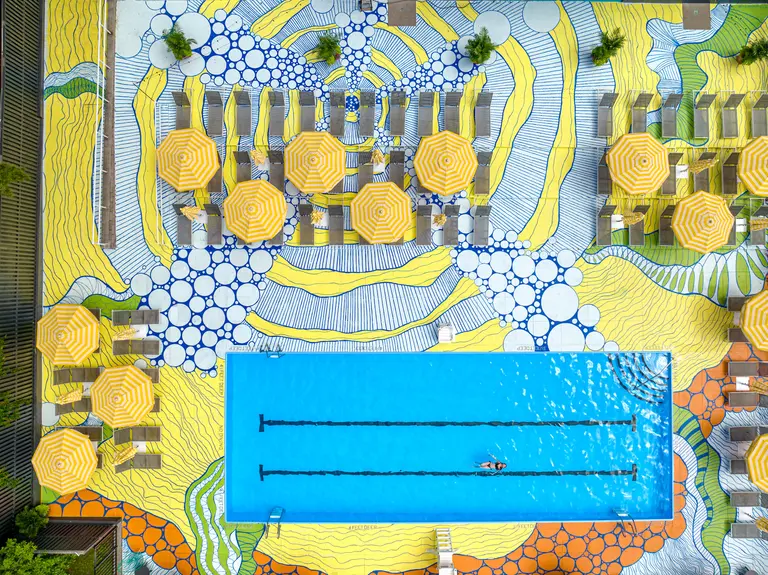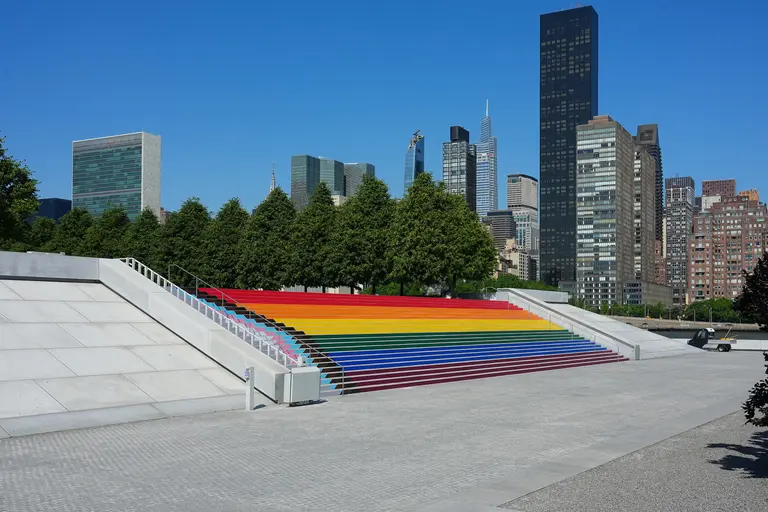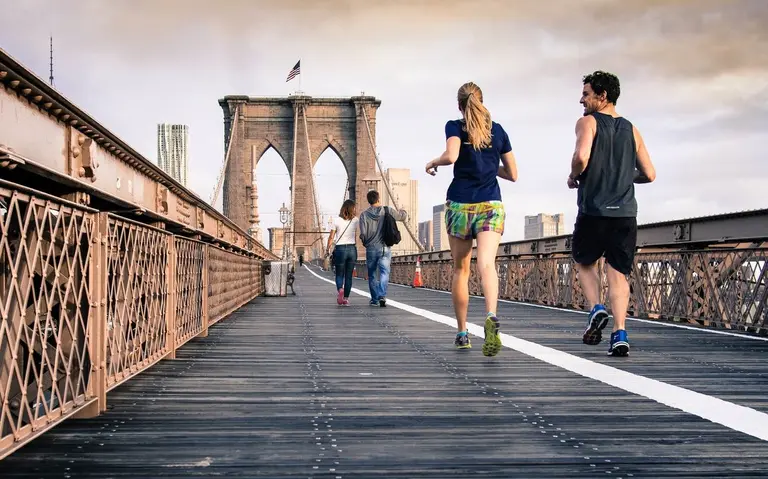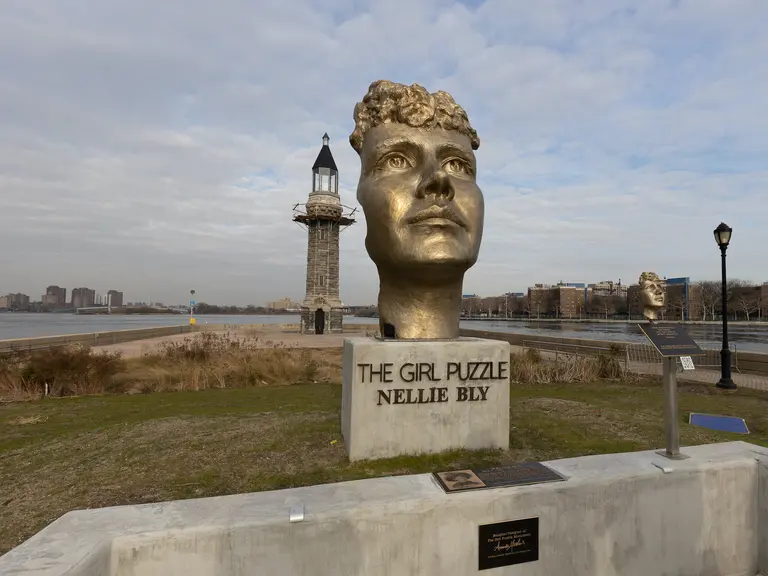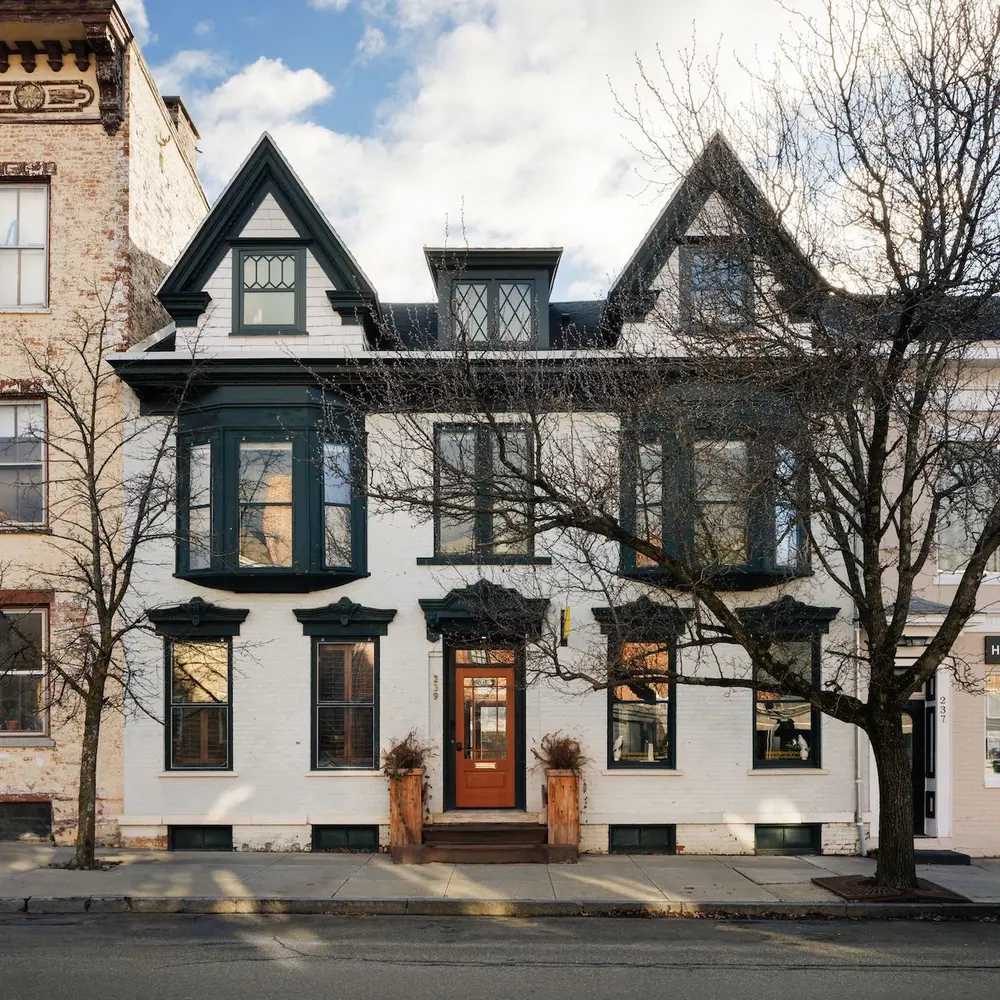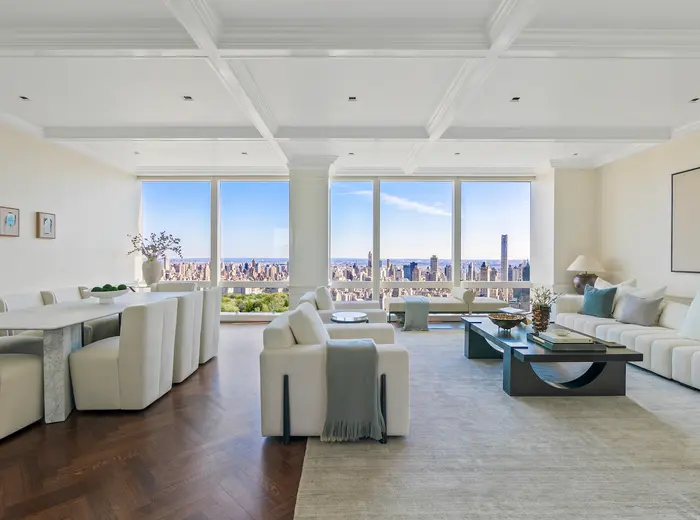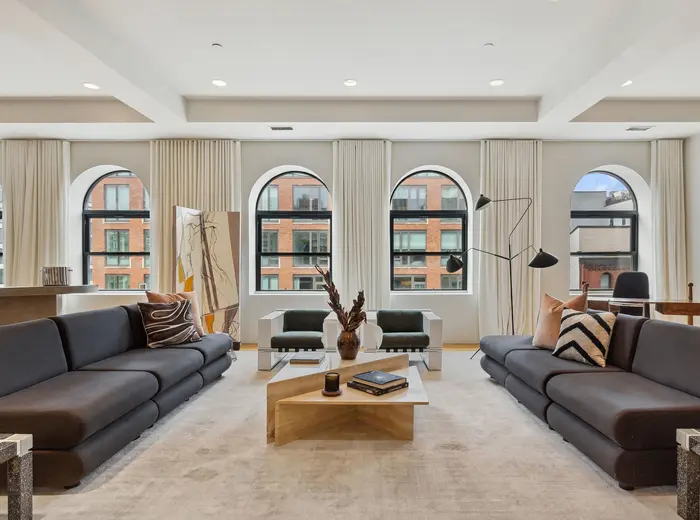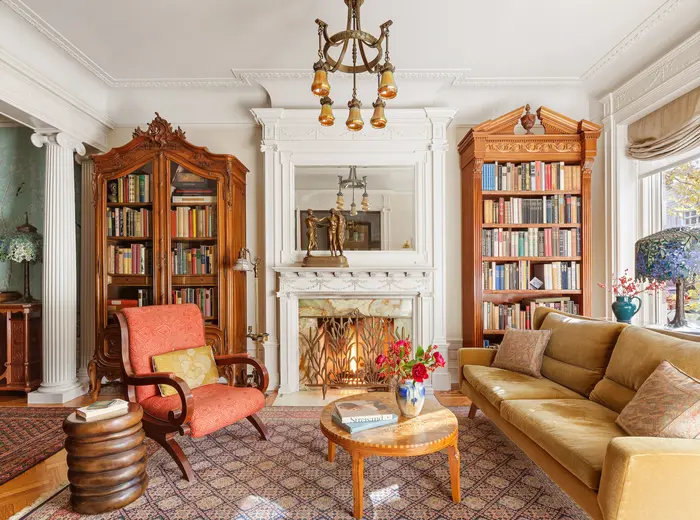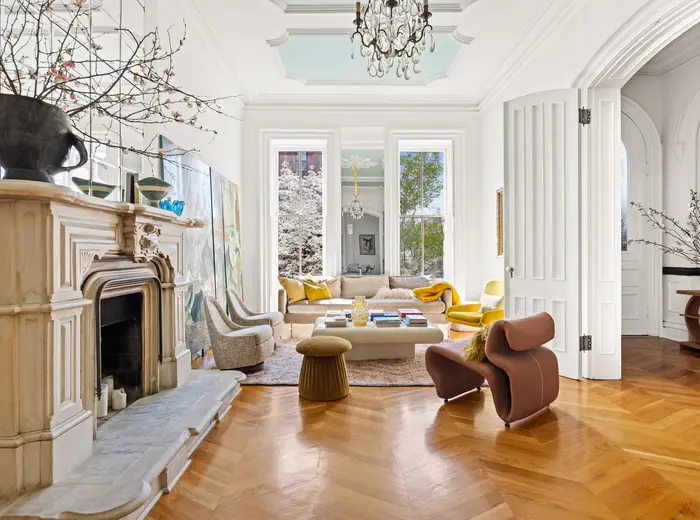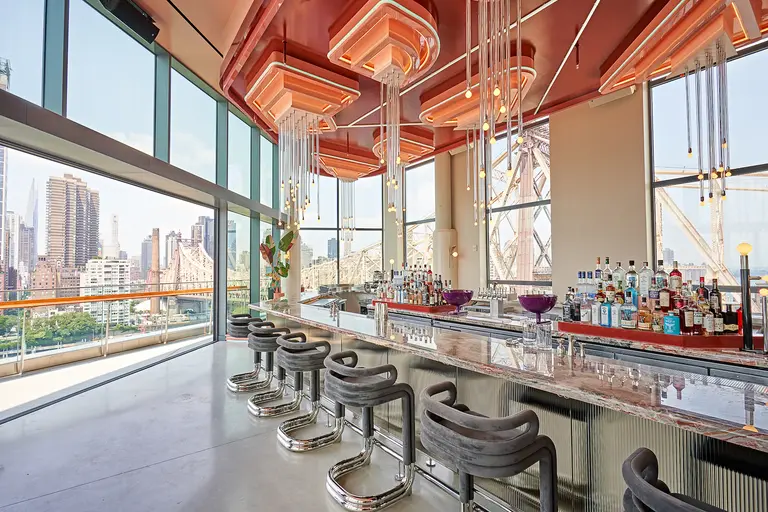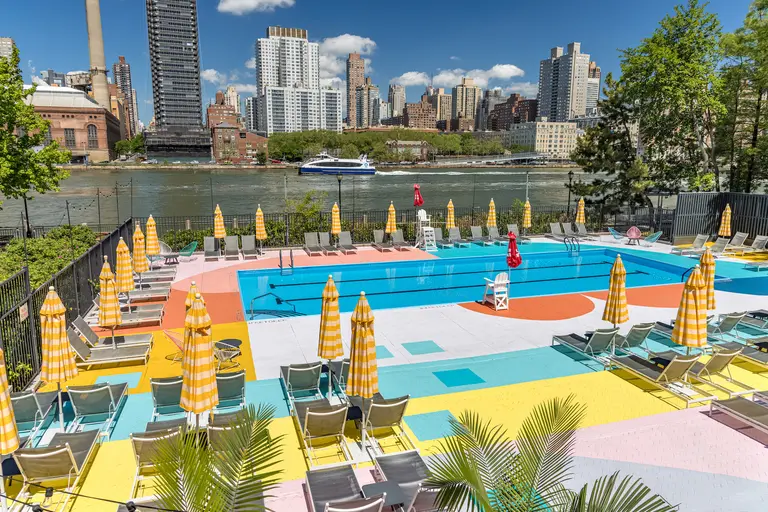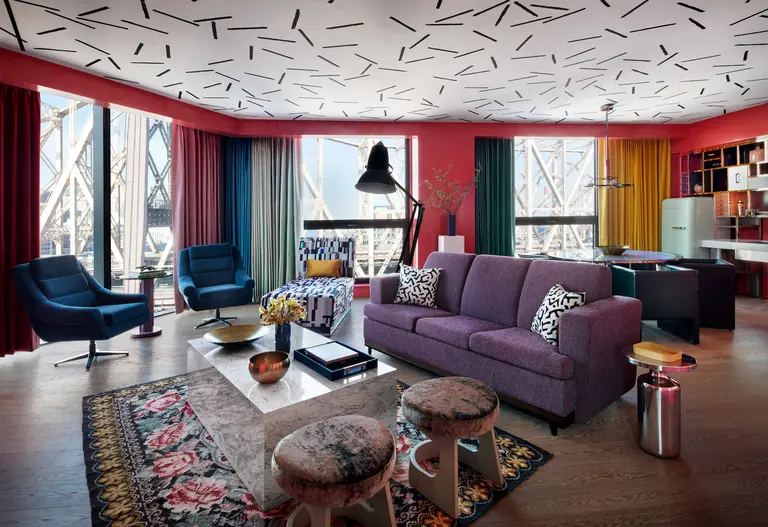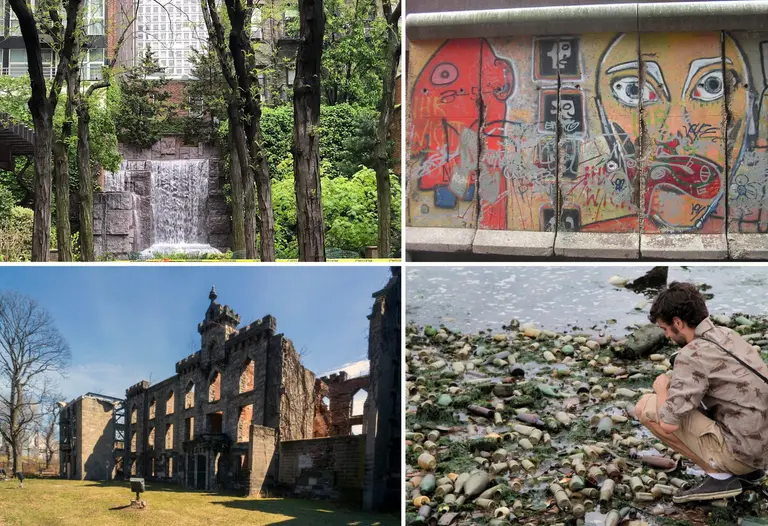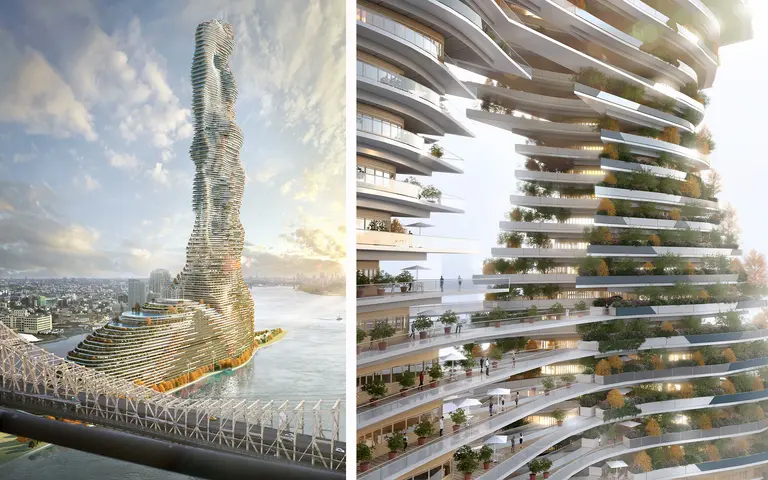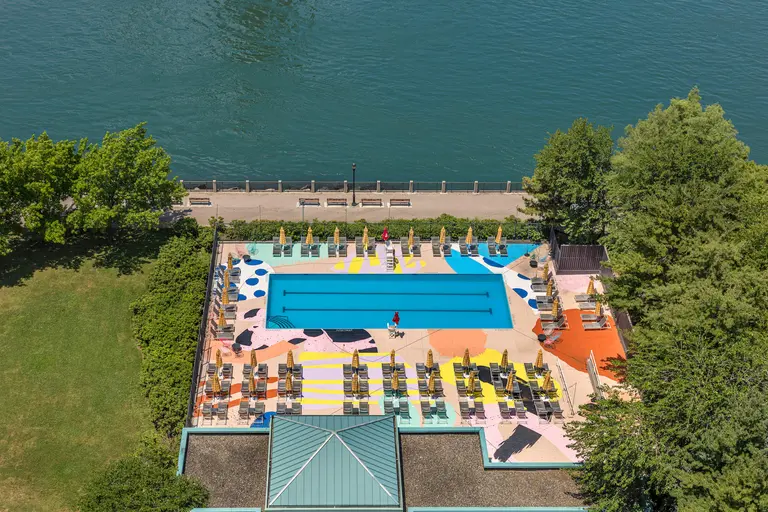Finalists announced for this year’s City of Dreams pavilion on Roosevelt Island
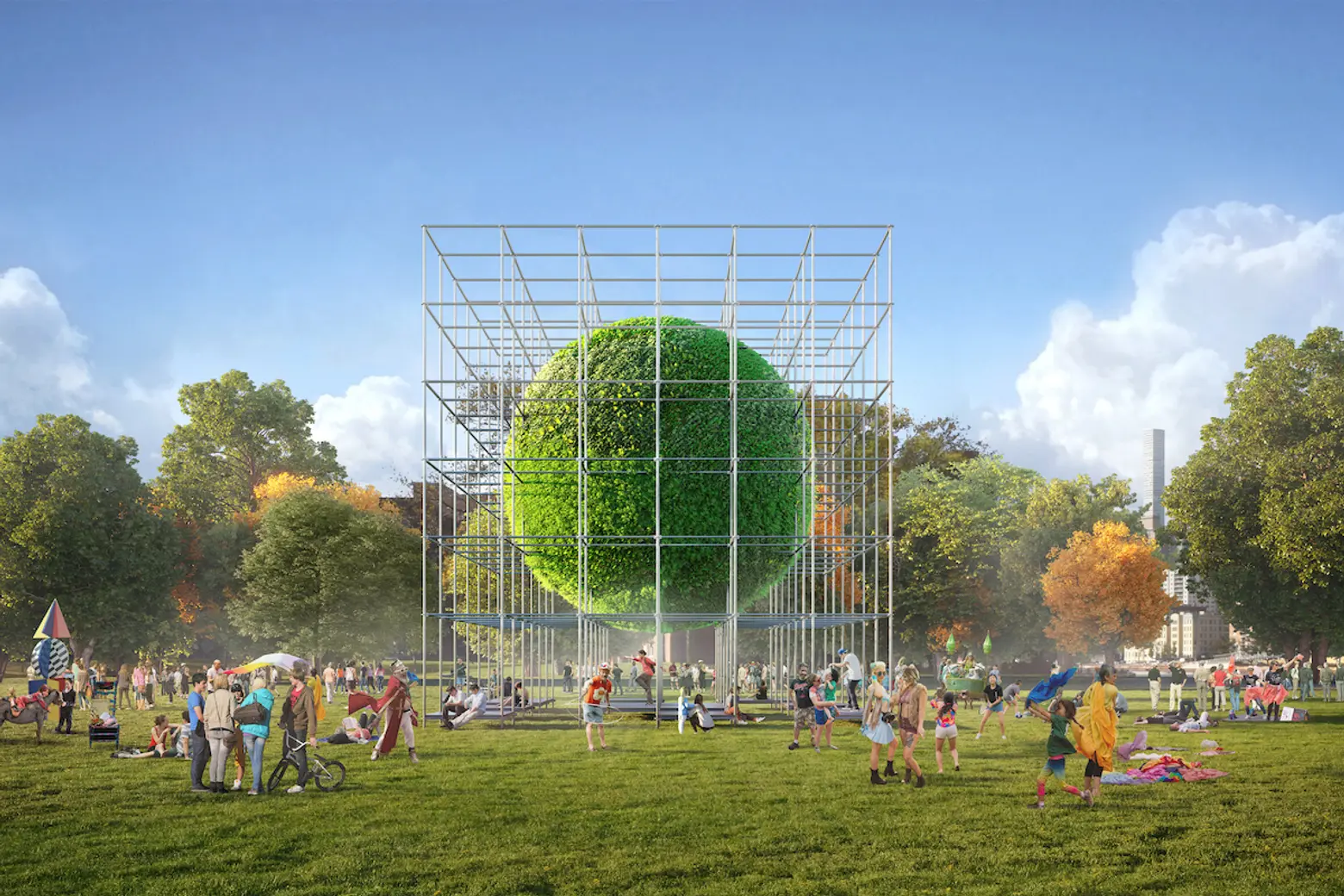
Rendering courtesy of Murr Architekten
Arts organization FIGMENT, the Emerging New York Architects Committee (ENYA) of the American Institute of Architects New York Chapter (AIANY), and the Structural Engineers Association of New York (SEAoNY) have just announced the finalists in the 2020 City of Dreams Pavilion Design Competition. The competition is an annual program that invites designers to create a temporary architectural pavilion that is efficient and sustainable while considering the life cycle of the building materials used. This year’s pavilion will be in Lighthouse Park on Roosevelt Island.
The ultimate goal for entrants is to design a pavilion with a net-zero impact on the environment that can become a prototype for an innovative and sustainable future in design and construction. Past winners have constructed their entries from metal grain bins and recycled cans.
This year’s finalists are:
“Ecosphere” (pictured above) by Murr Architekten (Sebastian Ballauf, Daniela Ditta, Oliver Jahnke, Carlos Martinez, Katherina Murr, Sebastian Murr, and Bojan Vucen), “a green sphere created by plants and light, framed by a rigid scaffolding structure, evokes creative memories and fantasies and invites interaction, discussion, and interpretation, promoting awareness of our connection to the planet.” The pavilion’s open structure allows visitors to enter and find shelter, providing a backdrop for performances, lectures, music, shows, and more.
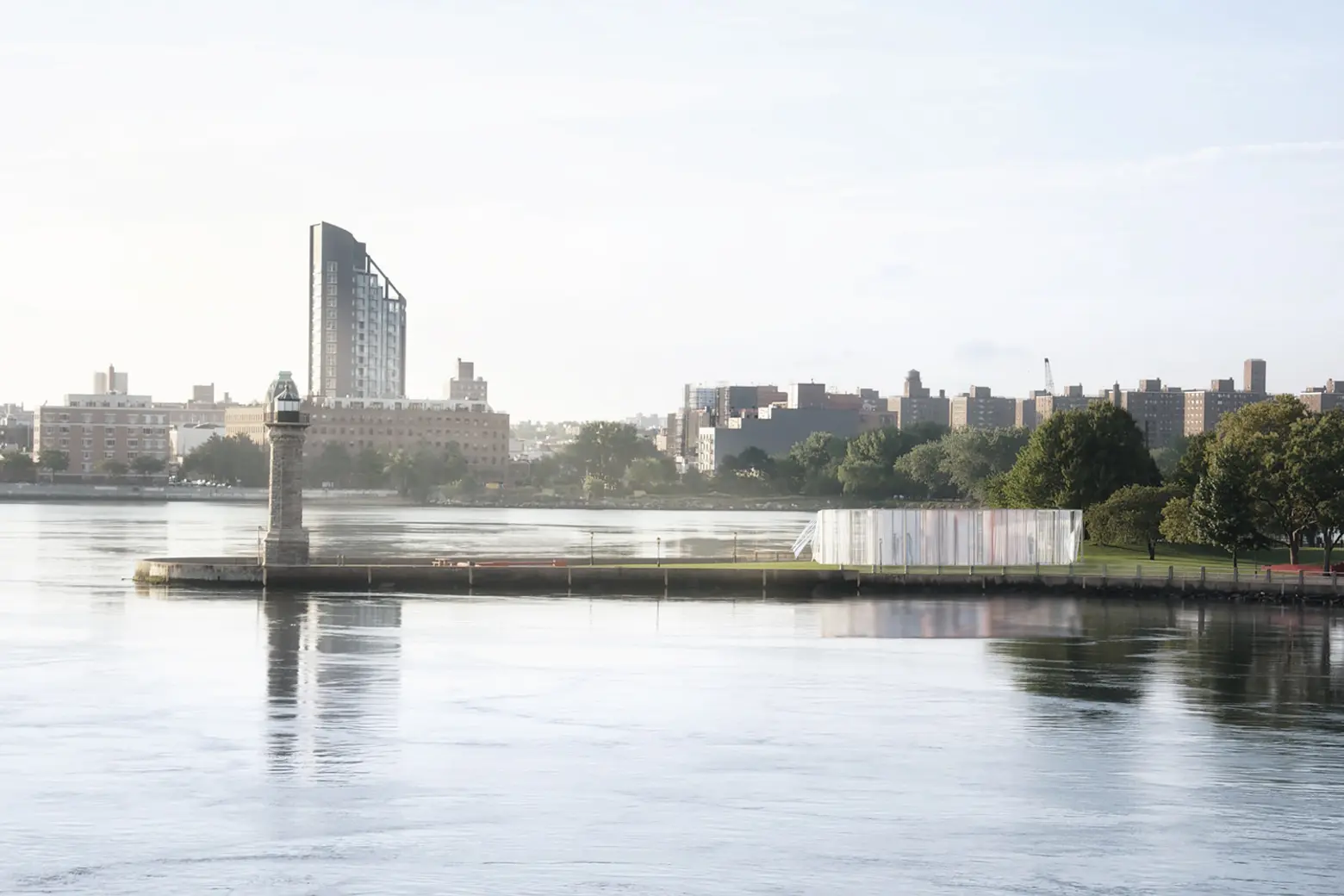 Rendering courtesy of Guilia Ma with Space Travellers and Michele Versaci, in collaboration with Ilaria Bellotti and Masoud Khodadadi
Rendering courtesy of Guilia Ma with Space Travellers and Michele Versaci, in collaboration with Ilaria Bellotti and Masoud Khodadadi
“LaLuna” by Guilia Ma with Space Travellers and Michele Versaci, in collaboration with Ilaria Bellotti and Masoud Khodadadi.
“LaLuna” means the Moon, and, its creators say, “with this pavilion, we want to bring it down to Earth. Visitors approaching the pavilion will perceive its lightness—the rustling fabric, the sounds of the wind passing through—while its solid structure will inspire safety. Entering the temple LaLuna will be a unique sensorial experience. Time will fade away. You’ll be barefoot and you’ll have to choose where to enter, how to move inside, and what to see first. You will be free to sit in the sand and meditate. We want you to tap into your inner guide, your intuition.”
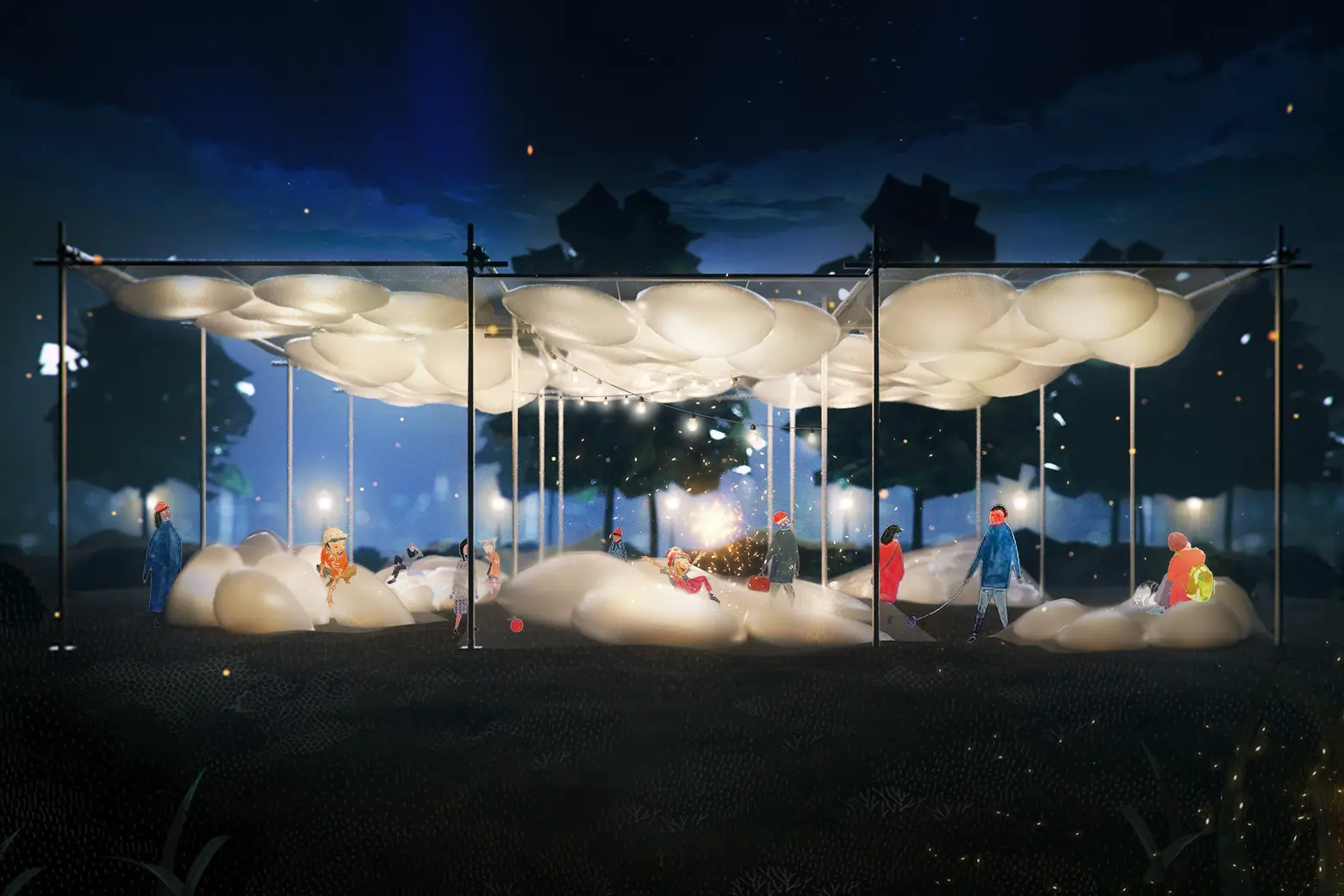 Rendering courtesy of Ying Qi Chen and Ryan Somerville
Rendering courtesy of Ying Qi Chen and Ryan Somerville
“The Pneuma” by Ying Qi Chen and Ryan Somerville. According to the project’s creators, “Efficiency, in the world of construction, hinges on two factors: weight-to-volume ratio and scalability. The Pneuma rejects traditional methods of building with rigid and massive materials, opting instead to use air…The Pneuma uses a finite set of mass-produced materials and typical assembly details to create an infinite set of formal expressions.” The project uses recycled exercise balls, cradle to cradle fabric and rented scaffolding in a “collection of amorphous geometries that morph from canopies to seating elements. The taut fabric registers nuanced air pressure changes in the inflated balls, generating an unlimited array of forms with a limited set of modules.”
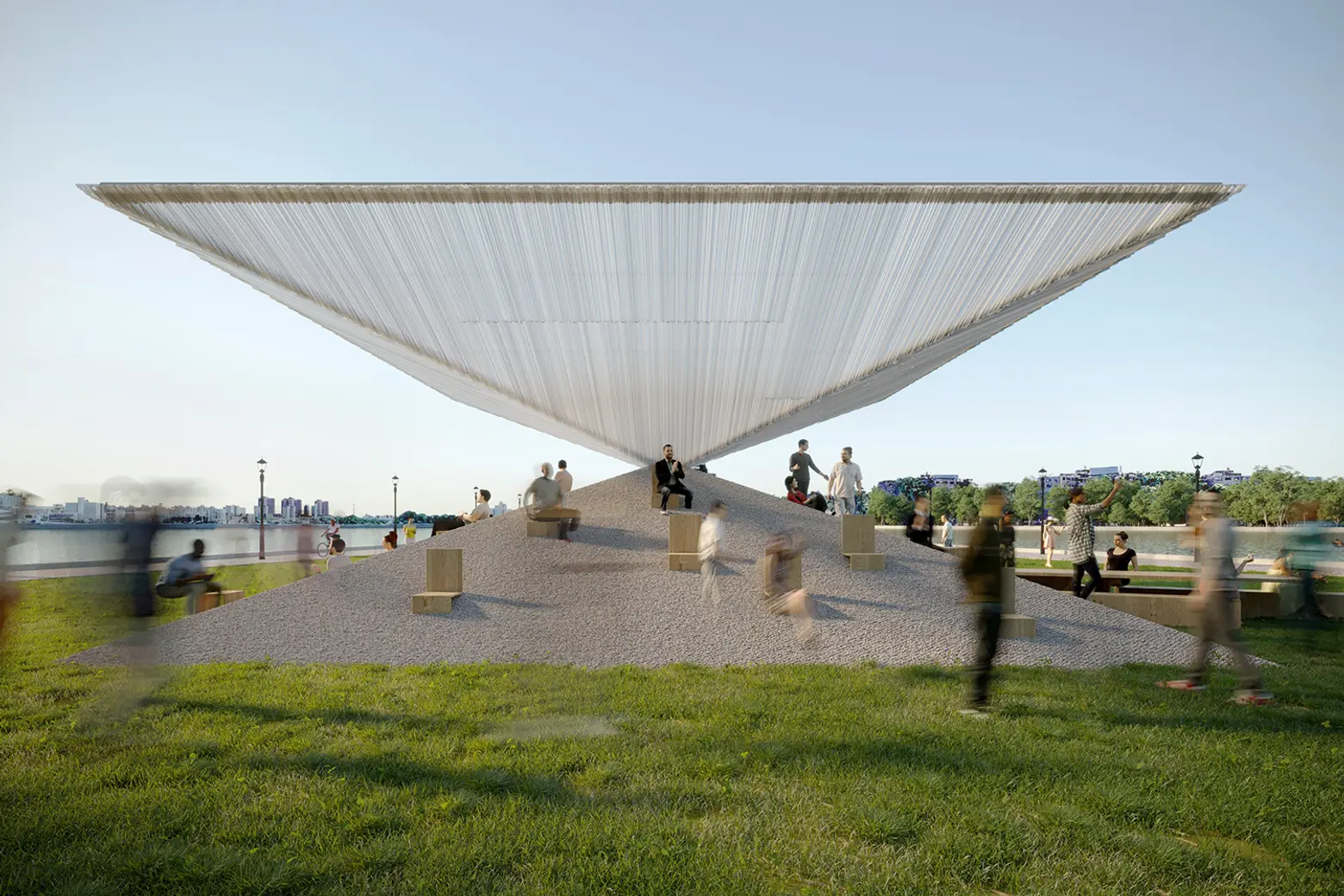 Rendering courtesy of Parsa Khalilicourtesy
Rendering courtesy of Parsa Khalilicourtesy
“Repose Pavilion” by Parsa Khalili in collaboration with Bernhard Karpf: “The Resource Conservation and Recovery Act introduced the slogan ‘Reduce, Reuse, Recycle’ forty years ago. This proposal replaces the first stipulation of the mantra, reduce, with repose, which acts as a semiotic device and serves a conceptual function, being both instrumental and motivational.” Repose is a basic property of materiality and an intrinsic form-finding device; it also serves as a call to action and the very human act underlying the pavilion’s purpose.”
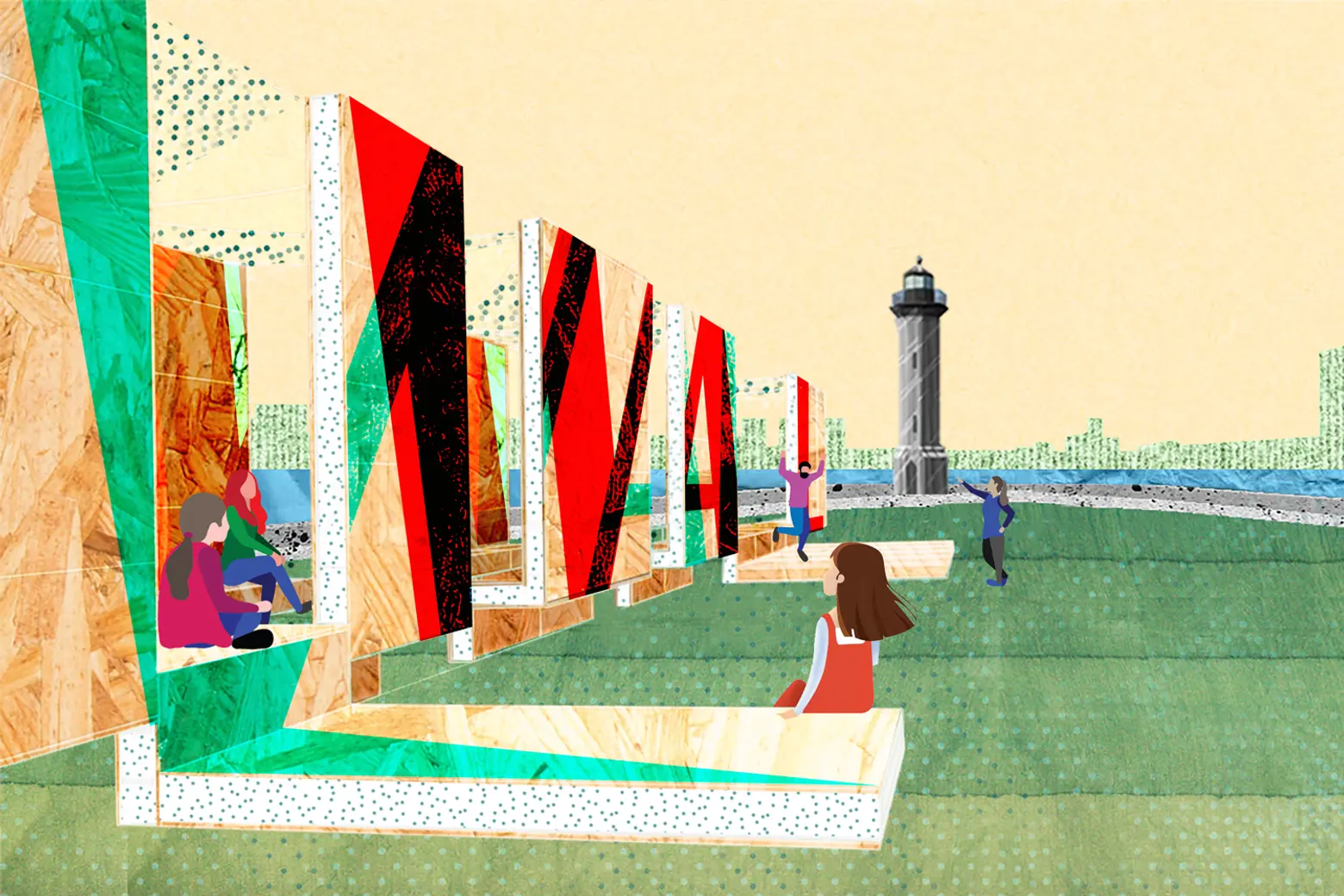 Rendering courtesy of Ana Moricllo Pallares, Jonathan Rule, Olaia Chivite Amigo, and Maria Arquero de Alarcón
Rendering courtesy of Ana Moricllo Pallares, Jonathan Rule, Olaia Chivite Amigo, and Maria Arquero de Alarcón
“Wall of Inclusion” by Ana Morcillo Pallares, Jonathan Rule, Olaia Chivite Amigo, and Maria Arquero de Alarcón sees the wall, an “architectural element of enclosure and separation,” reconceived. “Instead of a dividing line, the wall acts as a mechanism of physical and political inclusion, a gathering place that blurs divisions and invites occupation. The structure is made of pre-cut and pre-assembled reclaimed scraps of structurally insulated panels. Different configurations support a variety of activities and generate pockets of occupiable space. They invite the community to sit, recline, and engage. At an urban scale, the pavilion’s linearity establishes a dialogue with the surrounding context as a billboard of awareness. At a local scale, it serves as an apparatus that frames views of the city beyond. Once disassembled and reconfigured into planters, the Wall of Inclusion will continue to bring life to the city.”
The pavilion’s name, City of Dreams, is intended as a look forward into a New York City where anything is possible, even our most optimistic dreams. Its intent is as a gathering place for people to meet to enjoy a performance or lecture on Roosevelt Island. For the competition’s ninth year, the winning pavilion will be installed on Roosevelt Island for the 2020 summer season and will open with the FIGMENT NYC arts event happening from June 1-2. The pavilion will remain in place until late August. You can find out more about the pavilion and the competition here.
RELATED:
- A pavilion made of metal grain bins will debut this summer on Governors Island
- A pavilion created from 300,000 recycled cans is coming to Governors Island this summer
- A plan for a 24/7 Governors Island community is in the works
- Eateries and entertainment venues proposed for Governors Island
